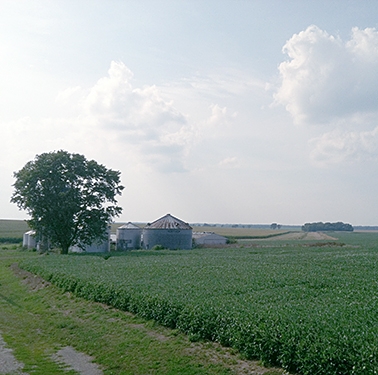Forecasting developments in production agriculture

On behalf of a private U.S. agricultural technology provider, WPI’s team generated an econometric model to forecast the movement of concentrated corn production north and west from the traditional U.S. Corn Belt. WPI’s model has subsequently provided quantitative support to a multi-million-dollar investment into short-season corn variety development. WPI’s methodology included a series of interviews with regional grain elevators and seed consultants. Emphasizing outreach and communication with stakeholders who possess intimate sectoral knowledge – on-the-ground insights – is a regular component of WPI’s methodologies, made possible by WPI’s ever-growing network of industry contacts.

 Financial markets will be closed on Thursday, 25 December for the Christmas holiday. As a result, there will be no Ag Perspectives report on Thursday. WPI wishes everyone a joyous and safe holiday. WPI will resume operations on Friday, 26 December. Note that Ag Perspectives will be providing ma...
Financial markets will be closed on Thursday, 25 December for the Christmas holiday. As a result, there will be no Ag Perspectives report on Thursday. WPI wishes everyone a joyous and safe holiday. WPI will resume operations on Friday, 26 December. Note that Ag Perspectives will be providing ma...
 The CBOT was mostly higher before the Christmas holiday with grains in the lead, though with each market seeing a different fundamental driver. Wheat futures rallied on the once-again-escalating tensions in the Black Sea and dry weather in the U.S. southern plains that has left the wheat crop v...
The CBOT was mostly higher before the Christmas holiday with grains in the lead, though with each market seeing a different fundamental driver. Wheat futures rallied on the once-again-escalating tensions in the Black Sea and dry weather in the U.S. southern plains that has left the wheat crop v...
 WPI Grain Prices and Freight Rate App Note: you can also visit the app directly by clicking here. Supplemental Information The section below offers a concise view of the options available in the current version of the WPI FOB Price and Freight Rate app, along with a short “How To”...
WPI Grain Prices and Freight Rate App Note: you can also visit the app directly by clicking here. Supplemental Information The section below offers a concise view of the options available in the current version of the WPI FOB Price and Freight Rate app, along with a short “How To”...